This is a story about how a vast multi-national corporation used a western nation’s military muscle to economically rape the country it had ‘liberated’.

‘We come in peace … for now.’
Halliburton? Sirco?
No, though you’re warm.
We’re talking the great granddaddy of them all - ladies and gentlemen, I give you the British East India Company.
On 24 September, 1599, 80 merchants met at the Founders Hall in London to petition Queen Elizabeth I.
What they wanted was a charter authorizing a radical new type of business: a company that could issue tradeable shares on the open market to any number of investors.
It seemed like a good idea at the time.
For over a century the British East India company quietly traded in silks and spices in the Orient. Their business was concentrated in Mughal India, a vast empire which then stretched from Kabul to Madras.
In those days India accounted for around a quarter of all global manufacturing.
But in 1739 Nadir Shah and 150,000 Persian cavalry invaded the Punjab and defeated a Mughal army one and a half million strong and took home the emperor’s Treasury.
Mughal India went into terminal decline. The empire broke up into tiny, competing states.
At the time, the Company was operating from the home of its governor, Sir Thomas Smythe, with a staff of six.
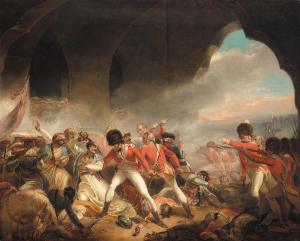
- ‘It’s not personal - it’s just business.’
With the full support of the British Parliament the Company looked to exploit the situation. They started training their own army and put the domino theory into action, defeating the now divided states one at a time.
The Company’s ascendant was astounding. The last Mughal emperor, Shah Alam, surrendered in 1765.
The so-called “Treaty of Allahabad” required him to hand over all his tax revenues to the new governor of Bengal and the Company’s man in India – a strange and unstable sociopath called Robert Clive.
It was the first corporate coup in history - a vast subcontinent was now ruled from a boardroom in Leadenhall Street.
But good government was not a corporate priority, only profit. Clive and his fellow administrators ransacked the country’s wealth, while flooding its markets with British products.Unspeakable atrocities were visited on those who resisted.

Clive of India - seen here wishing he could run for Congress
Clive returned to Britain the richest self-made man in Europe.
He and other Company men used their massive and newly acquired wealth to start buying parliamentary seats - they soon became known as ‘the Rotten Boroughs’ - to ensure that the Parliament backed the Company with state power whenever it was needed, particularly when the French tried to get in the Company’s way.
In fact, protecting the Company from outside competition became enshrined in national foreign policy - after all, many in the Parliament owned substantial Company stock.
But it worked, for a while. The Company soon reversed the balance of trade, which had essentially gone from west to east since Roman times.
The Company extended its operations, ferrying opium to China, and fought the Opium Wars to seize an offshore base at Hong Kong to safeguard its monopoly in narcotics.
I had to break this to you, but it’s better you heard it first from a friend. About half of London’s great marble edifices were built with drug money.

headquarters of the East India Company in Leadenhall Street
By 1803, when the Company captured the Mughal capital of Delhi, it had a private security force of around a quarter of a million men - double the size of the British army! – and more firepower than any nation state in Asia.
It was like Google owning a fleet of nuclear submarines.
But when the crash came, it was massive.
A famine in Bengal led to massive shortfalls in expected land revenues and left the Company with an eye-watering shortfall in their accounts. When the news got out thirty European banks collapsed and trade came to a standstill.
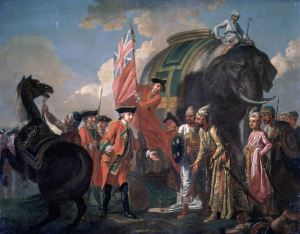
‘Good news - we’re here to bring you democracy. Just sign this.’
So guess what they did? They asked the government to bail them out.
In fact, the Company’s losses were so huge they could have brought down the whole nation. Unlike Lehman Brothers, the Company was just too big to fail.
So in 1773, the world’s first multinational corporation was rescued by history’s first government bailout.
The Company continued its operations under stricter regulation but without seriously mending its ways. In fact 15 years later Clive’s successor, Robert Hastings, only narrowly escaped impeachment.
During the proceedings Britain’s greatest orator at that time, Edmund Burke, railed against the ability of a ruthless corporation to buy politicians and destroy good governance.
Thank God those days are gone, right?
It was the Mutiny of 1857 that finished the Company. The Parliament finally realized they must bring to an end the EIC’s corporate greed and incompetence, or they would lose India.
When it was all over Lord Canning announced that the Company’s Indian possessions would be nationalized.

Britain winning the war on drugs - by creating a monopoly
When people think of British colonialism in India, they conjure images of railways, tea and cricket.
But Britain’s colonial heritage was something far more sinister, something which now represents the greatest threat to contemporary democracy - the joint-stock company.
No nation has yet found a way to protect itself from corporate excess.
As with the East India Company, joint stock companies still retain the actual power, with parliaments and congresses as their puppets. A toxic cocktail of power, money and unaccountability masquerades as democratic principle.
In fact, the interests of shareholders have become more important than those of the nations that host them.
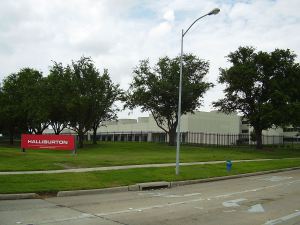 The East India Company is the ultimate model for Shell and the Halliburton Corporation – except they do not need their own armies, because they use the government’s.
The East India Company is the ultimate model for Shell and the Halliburton Corporation – except they do not need their own armies, because they use the government’s.
It could be argued that many western countries have in fact been successfully privatized.
But when these megalithic companies fall, their hosts fall with them.
The subprime bubble of 2007 demonstrated the hazards. US and European banks lost more than $1 trillion dollars; what Edmund Burke feared would happen to England in fact happened to Iceland two hundred years later.
We have learned absolutely nothing from history. We never do.
Why? Why don’t we learn?
The reason can best be summed up with a Hindustani slang word, once rarely heard outside northern India, but which suddenly gained common currency all over England in the late eighteenth century, during the rise of the East India company.
The word?
‘Loot’.
This month Deanna, Laurel and Mary won copies of the first book in my William Shakespeare Detective Agency series – and I also gave away Kindle copies to a dozen others.
EVERY MONTH MY
READERS WIN JUST FOR BEING ON MY SUBSCRIPTION LIST!
and next month you could win too!























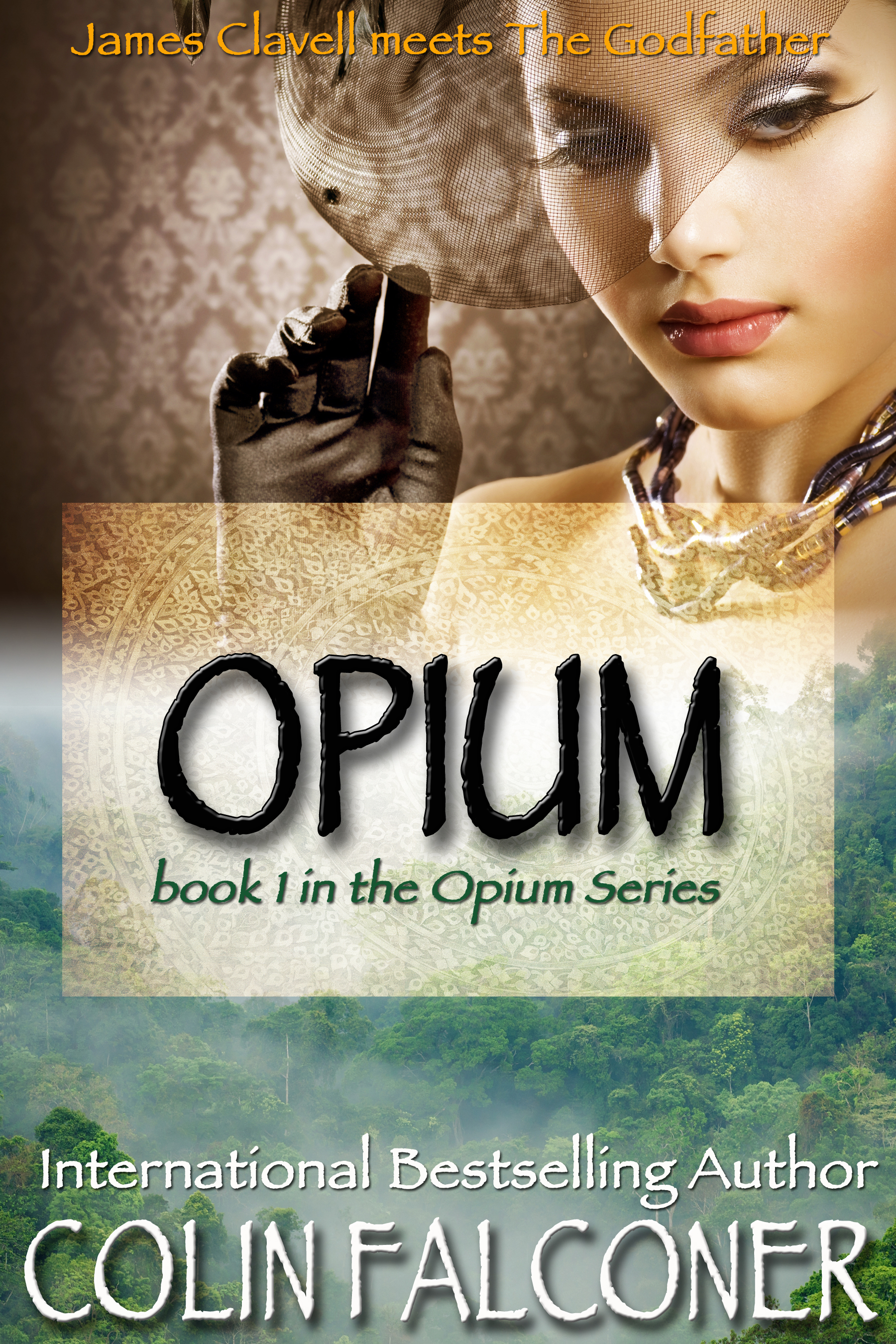

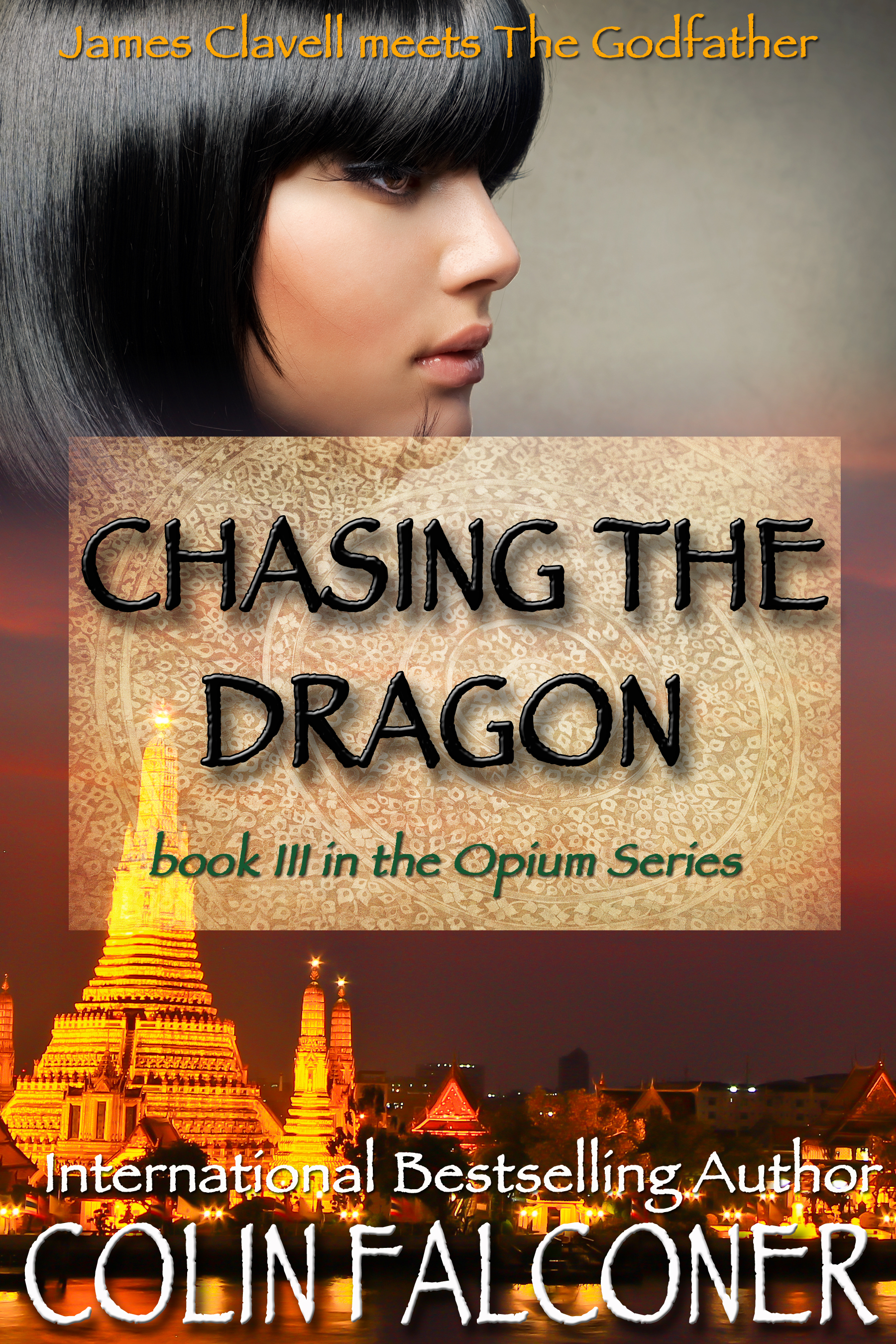
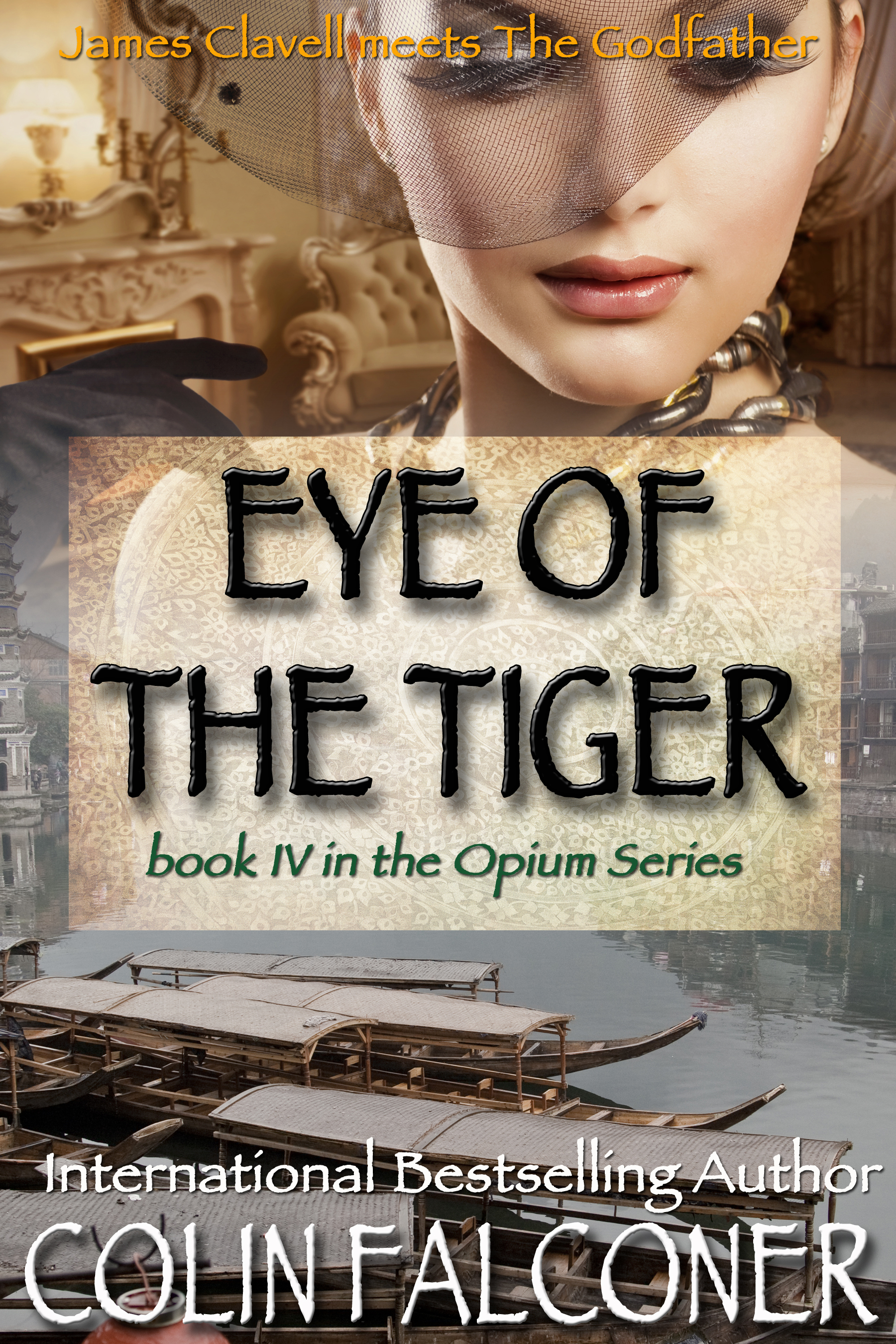






Thanks for the great blog, Colin.
And the TPPA???
More legalisation of it… we really need to start learning before it’s too late.
XX
Lizzi
Thanks Lizzi - and yes, the TPPA is a classic example. There are reasons these negotiations are kept secret. We won’t learn because of LOOT. I know this post is a candle in a hurricane but I still felt impelled to light it anyway.
This will be a good read Col, thanks.
Clive of India, is he the chap they named the plant “Clivea” after?.